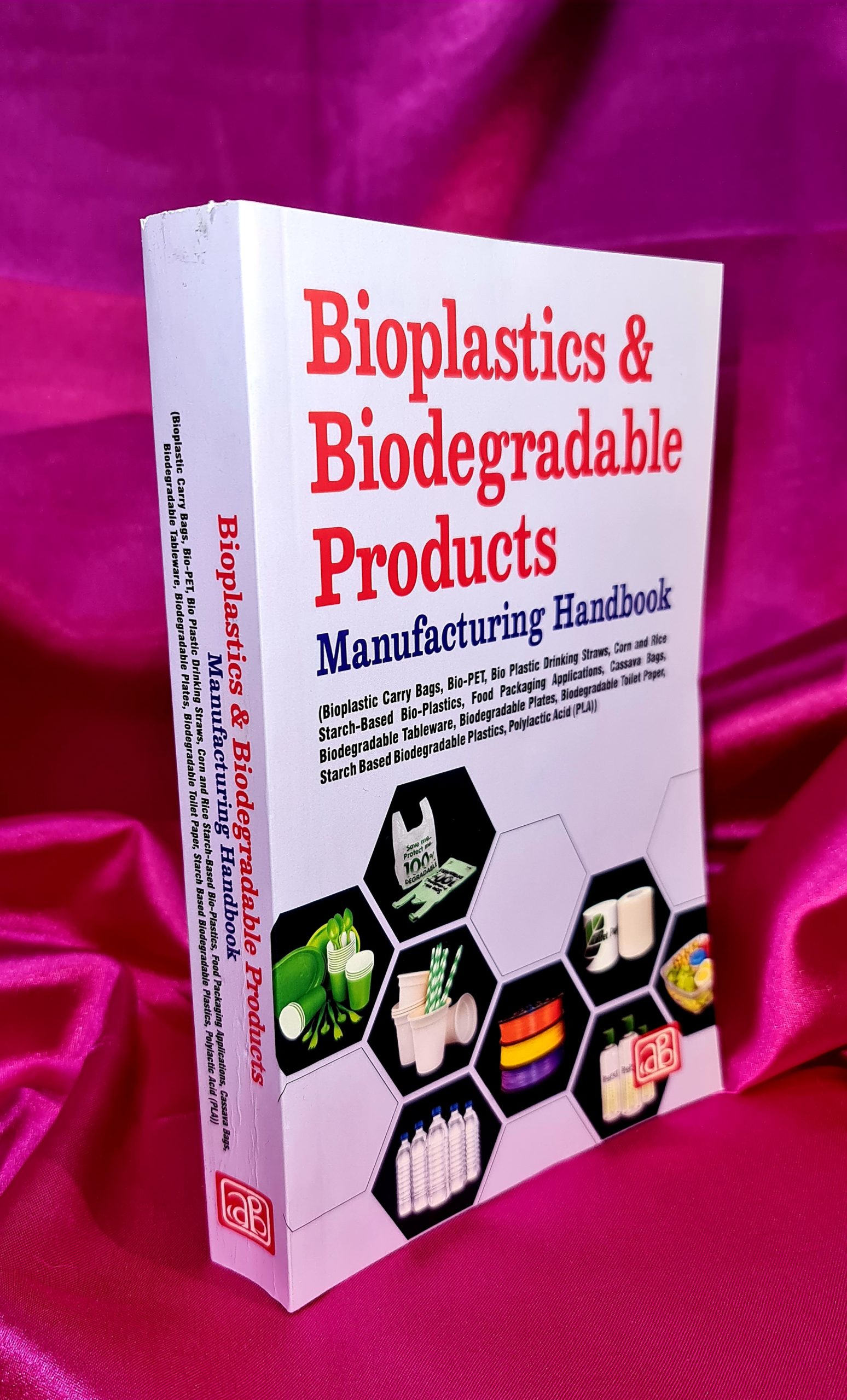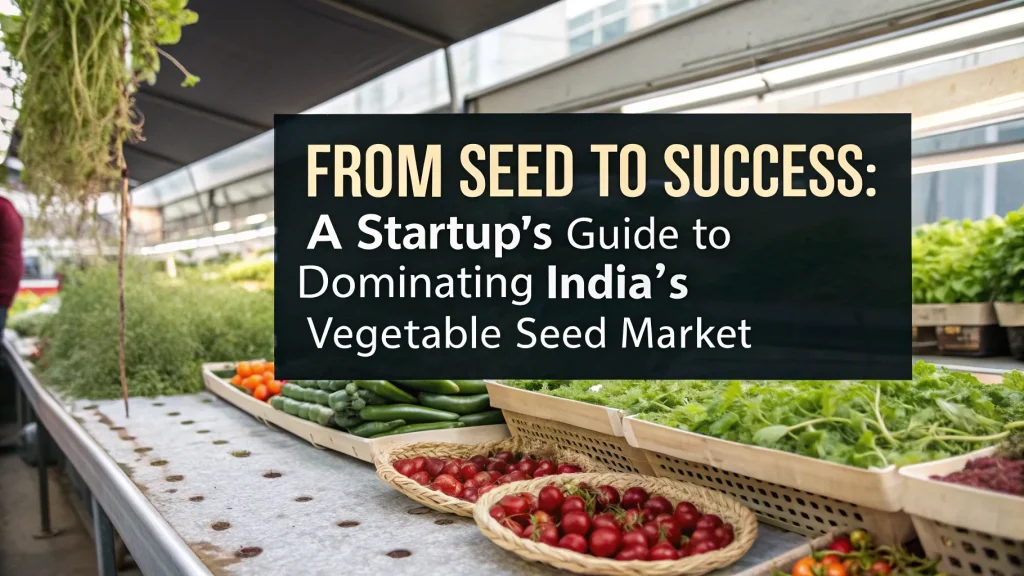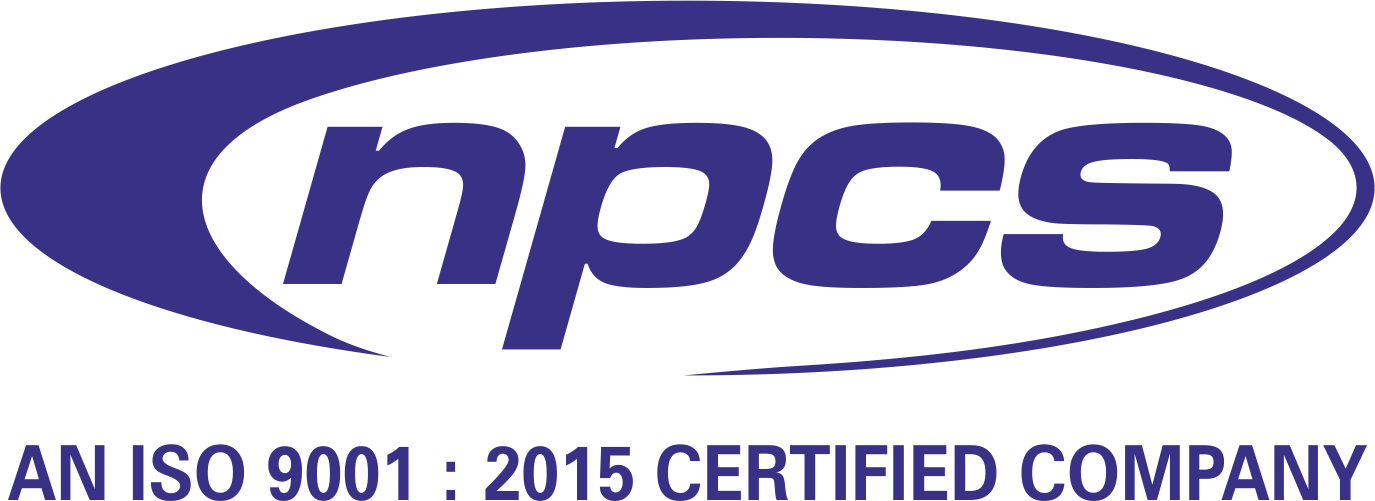Understanding the Future of Bioplastics and Eco-Friendly Manufacturing
In a world grappling with climate change, resource depletion, and an overdependence on petroleum-based products, bioplastics have emerged as a beacon of sustainable innovation. These eco-friendly materials are transforming the manufacturing industry by replacing traditional plastics with renewable, biodegradable alternatives. As governments push for greener policies and consumers demand ethical, low-impact products, the relevance of bioplastics is growing exponentially.
Bioplastics represent a class of materials that are either bio-based, biodegradable, or possess both properties. They offer an environmentally conscious choice without compromising performance or durability. Through this detailed handbook, we will explore the raw materials, production processes, types, environmental impact, industrial applications, and future scope of bioplastics and eco products.
What Are Bioplastics? Exploring the Basics
Bioplastics are not a single material but a family of materials with varying properties and applications. The term typically refers to two types of plastics:
- Bio-based plastics, which are partially or wholly derived from renewable biological sources.
- Biodegradable plastics, which can decompose naturally by the action of microorganisms.
Some bioplastics meet both criteria, such as PLA (Polylactic Acid) and PHA (Polyhydroxyalkanoates), offering a double advantage in sustainability. However, not all bio-based plastics are biodegradable (e.g., bio-PET), and not all biodegradable plastics are bio-based (e.g., PBAT).
This diversity allows manufacturers to choose materials tailored to specific product needs while maintaining an environmentally responsible approach.
Sourcing Sustainable Raw Materials
The foundation of any bioplastics production system lies in its raw materials. Commonly used feedstocks include:
- Starch-rich crops like corn, potatoes, and cassava.
- Sugars extracted from sugarcane, sugar beets, or sweet sorghum.
- Cellulose from wood pulp or agricultural residue.
- Vegetable oils, especially from soybeans, castor, or canola.
- Microalgae and bacteria for advanced polymer synthesis.
Using agricultural waste or non-food biomass (second-generation feedstock) is gaining traction to avoid food-versus-fuel conflicts. These renewable materials not only reduce greenhouse gas emissions but also support rural economies by creating new markets for biomass.
Types of Bioplastics and Their Unique Applications
Bioplastics are classified based on their chemical composition and degradation profile. Some prominent types include:
Polylactic Acid (PLA)
Derived from fermented plant starch (usually corn or sugarcane), PLA is one of the most commercially available bioplastics. It is transparent, compostable, and widely used in:
- Packaging
- Disposable utensils
- Textile fibers
- Medical implants and drug delivery systems
Polyhydroxyalkanoates (PHA)
PHA is produced via microbial fermentation of sugar or lipids. It degrades in marine, soil, and industrial compost environments. Applications include:
- Agricultural films
- Bottles and containers
- Biomedical applications like sutures and tissue scaffolding
Starch-Based Bioplastics
Starch, a naturally biodegradable polymer, is often blended with other biopolymers or plasticizers. Common uses are:
- Shopping bags
- Disposable trays and plates
- Foam packaging materials
Bio-PET and Bio-PE
These materials have the same structure as conventional PET and PE but are made from plant-based ethanol. They are recyclable but not biodegradable. Used in:
- Beverage bottles (Coca-Cola’s PlantBottle)
- Detergent containers
- Cosmetic packaging
PBAT (Polybutylene Adipate Terephthalate)
While not bio-based, PBAT is fully biodegradable and often blended with starch or PLA to enhance flexibility and degradation. Widely used in compostable bags and agricultural mulch.
Step-by-Step Manufacturing Process of Bioplastics
Creating bioplastics involves multiple stages, many of which mirror traditional plastic production. Here’s a closer look at the manufacturing flow:
-
Biomass Collection and Pre-Treatment
Producers harvest and pre-process organic raw materials by drying, crushing, or fermenting them to extract sugars or starches. -
Fermentation or Polymerization
- For PLA: Sugars are fermented to produce lactic acid, which undergoes polymerization into PLA.
- For PHA: Bacteria ferment sugars/lipids into biopolymers stored inside their cells.
- For bio-PE: Ethanol from sugarcane is dehydrated to produce ethylene, which is polymerized into polyethylene.
-
Polymer Processing
Polymers are cooled, solidified, and pelletized. These pellets are the basic raw input for various plastic processing techniques. -
Shaping and Molding
Depending on the final product, techniques like injection molding, extrusion, blow molding, and thermoforming are used to shape bioplastic items. -
Quality Control and Packaging
The team tests the final products for strength, flexibility, heat resistance, and biodegradability before packaging and distributing them.
Eco Products: A Glimpse into the Future of Sustainable Goods
Bioplastics are revolutionizing product development in numerous sectors. Popular eco products include:
- Biodegradable food packaging: Clamshell containers, films, wrappers
- Compostable tableware: Plates, bowls, and cups for food services
- Agricultural tools: Mulch films and seedling trays that decompose into the soil
- 3D printing filaments: PLA-based filaments for eco-friendly prototyping
- Textile fibers: Bioplastic-based threads for sustainable fashion
- Consumer electronics casings: Phone and tablet covers
- Medical applications: Biodegradable sutures, capsules, and scaffolding
These products offer superior end-of-life disposal options, reducing the environmental burden significantly compared to traditional plastics.
Environmental and Economic Impact
The life cycle of bioplastics from cradle to grave shows tremendous promise:
- Reduced Carbon Footprint: Lower emissions during production and often carbon sequestration during biomass growth.
- End-of-Life Options: Industrial composting, home composting, or anaerobic digestion.
- Energy Efficiency: While production still requires energy, bio-based sources often lead to energy savings in later stages.
On the economic front, the bioplastics industry is generating new employment, revitalizing agricultural sectors, and encouraging green technology investments. As oil prices fluctuate, bioplastics also offer pricing stability.
Challenges in Bioplastics Adoption
Despite clear advantages, bioplastics face some hurdles:
- Higher Initial Costs: Due to emerging technologies and limited scale.
- Lack of Infrastructure: Most regions lack industrial composting or separate collection systems.
- Public Misunderstanding: Terms like “biodegradable” and “compostable” are often confused, leading to misuse and improper disposal.
- Performance Limitations: Some bioplastics may not offer the same barrier properties or heat resistance as fossil plastics.
Addressing these challenges requires technological innovation, policy support, and public education.
The Global Bioplastics Market: A Growing Industry
The global bioplastics market is on a rapid upward trajectory. It is expected to reach over $25 billion by 2030. Key growth drivers include:
- Stringent environmental regulations in Europe and North America
- Rising awareness and demand for sustainable packaging in Asia-Pacific
- Corporate ESG commitments across industries
Multinational companies like Nestlé, Danone, Toyota, and IKEA are already incorporating bioplastics into their supply chains. Governments are introducing bans on single-use plastics, further driving adoption.
Regulatory Framework and Certifications
Compliance with international standards builds trust and ensures environmental safety. Important certifications include:
- EN 13432 (EU): Defines industrial compostability.
- ASTM D6400 (USA): Specifies degradation criteria.
- ISO 17088 (International): Guidelines for biodegradable plastics.
- OK Compost / Seedling Logo: Certification labels for verified compostable products.
These certifications play a crucial role in encouraging transparency and proper disposal.
Future of Bioplastics and Circular Economy Integration
The next phase in bioplastics evolution involves deeper integration with circular economy principles:
- Advanced Recycling Technologies: Chemical recycling for bio-PET and PLA.
- Second-Generation Biomass: Agricultural waste and algae for non-food-based sourcing.
- Smart Packaging: Embedded sensors in bioplastics for freshness detection and traceability.
- Carbon Capture Integration: Using CO? as a raw material for polymer synthesis.
The convergence of biotechnology, AI-driven material science, and sustainability policy will accelerate the shift towards full-scale adoption of bioplastics across industries.







